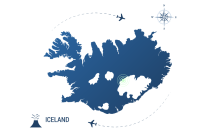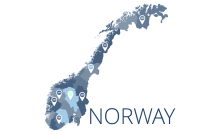Helsinki Language is a very vast topic because it’s not one language. Research has been carried on it for a long time. Helsinki is the capital of Finland. The official languages of Helsinki are Finnish and Swedish. Linguistically, Helsinki is a diverse place. Finland is famous for its multilingual past which can be clearly seen in the language skills of Heliskians. However, Swedish is the official minority language of Helsinki.
This Helsinki language is commonly heard while walking down the street, also from street names and packaging. Besides this, there are several minority lingos including Sami, Finnish sign language, Yiddish, Karelian, and Romani.
According to recent stats and research of Fred Karlsson, 500 tongues are spoken in Finland. However, 158 of them are spoken in the capital. The University of Turku has an independent unit for language and communication studies. In addition to the mother tongue, you may hear common languages while walking around. These include English, Somali, Russian, Arabic, German, Spanish, French, and many others.
The tongues other than the native language are Foreign languages. Helsinki is growing on an international level and providing quality education in the English language. The majority of Finland population can speak English. Luckily, it won’t be a matter of concern, since the majority of services are available in English. In late 2016, 14% of the population of Helsinki were speakers of languages other than Swedish and Finnish language.








